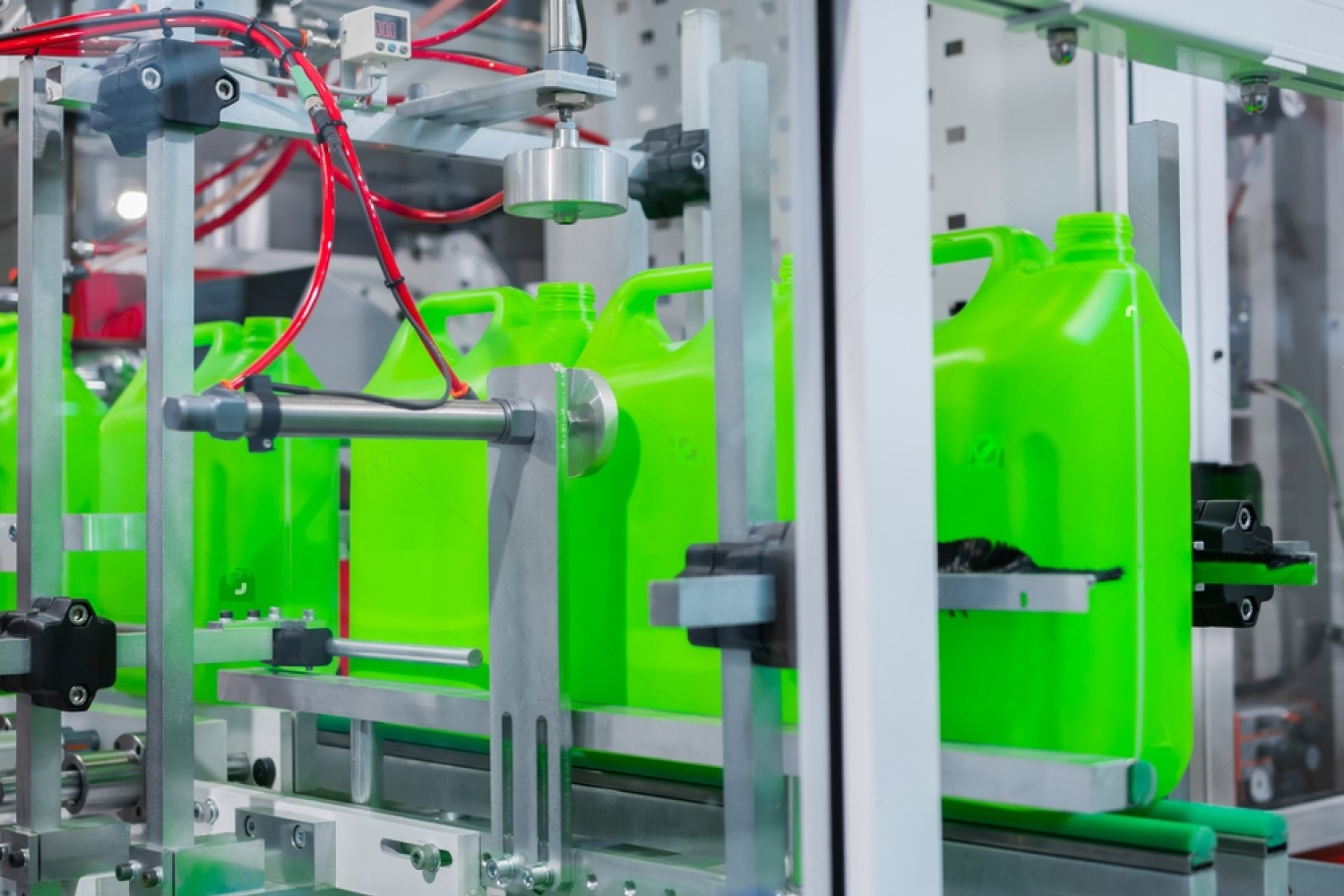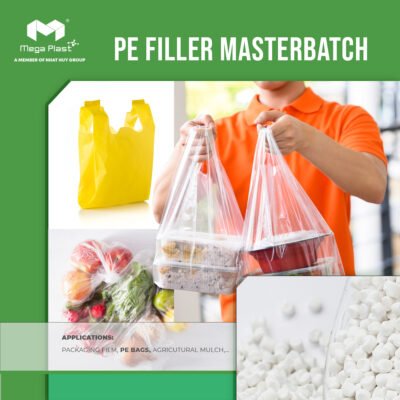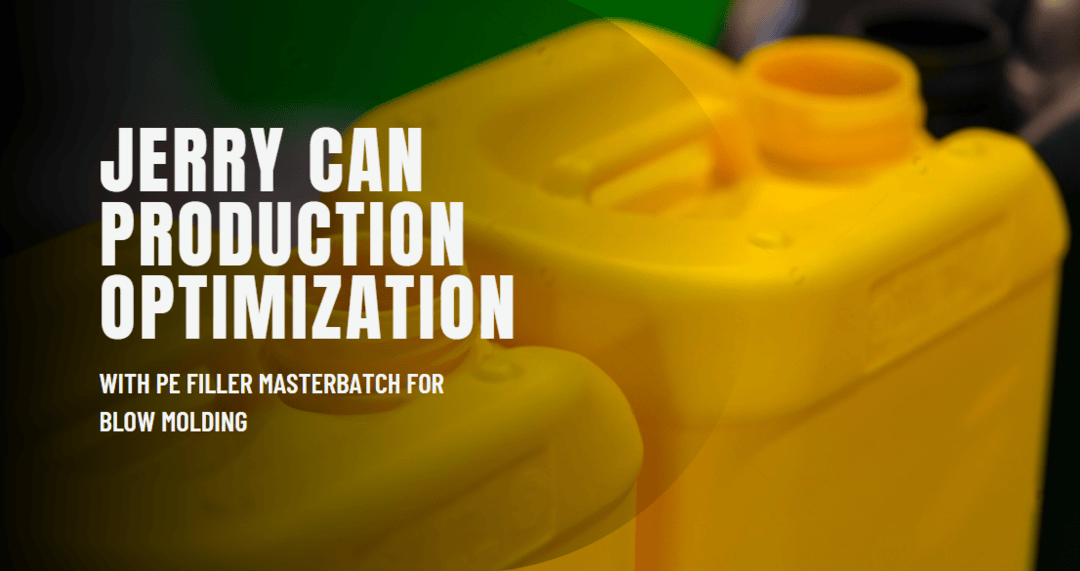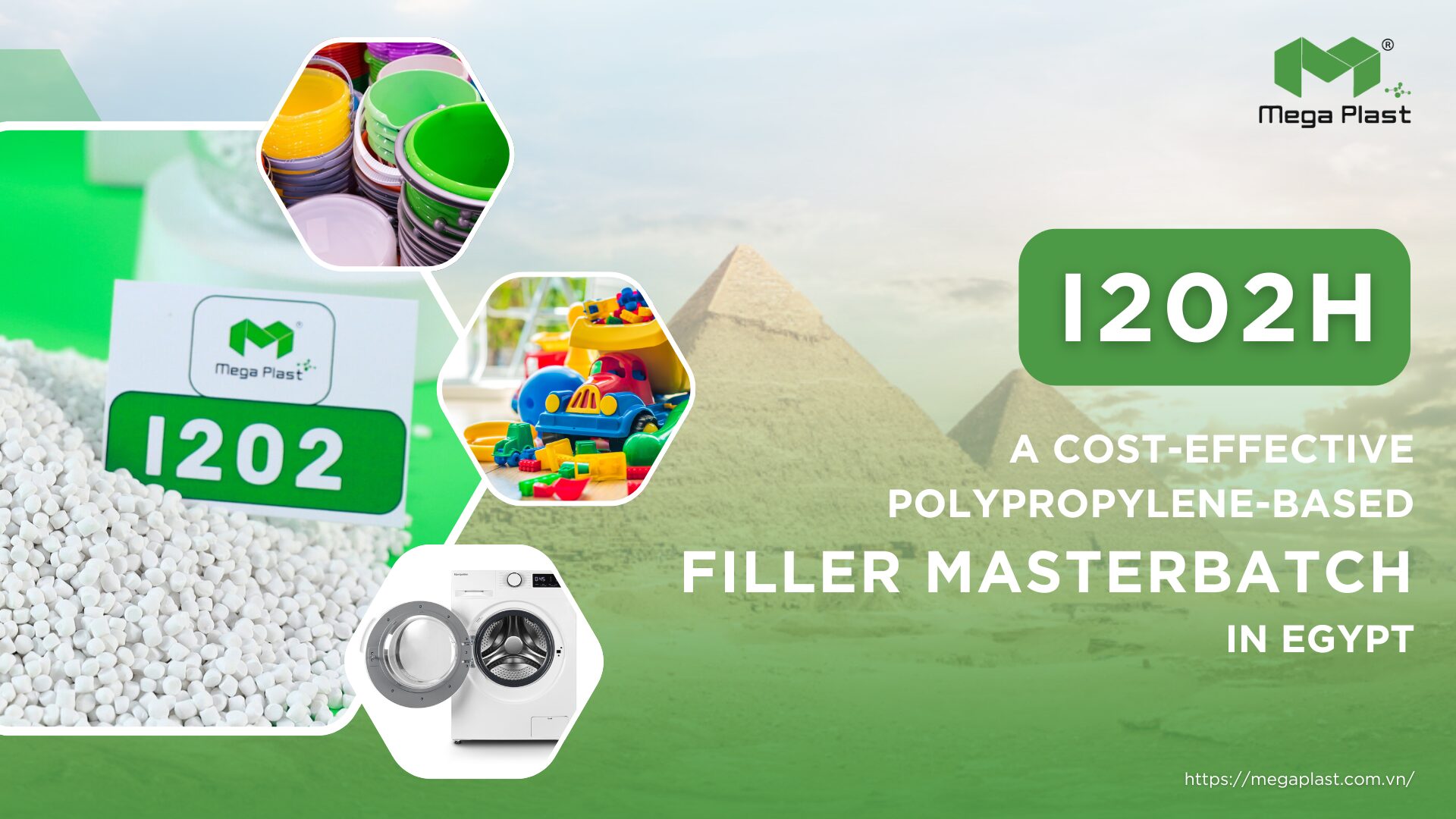At Megaplast, we don’t just produce filler masterbatch; we craft solutions that pave the way for a plastic sustainable future. Our passion for innovation is matched only by our commitment to the global supply chain, and we offer you products that are as competitively as they are high-quality.
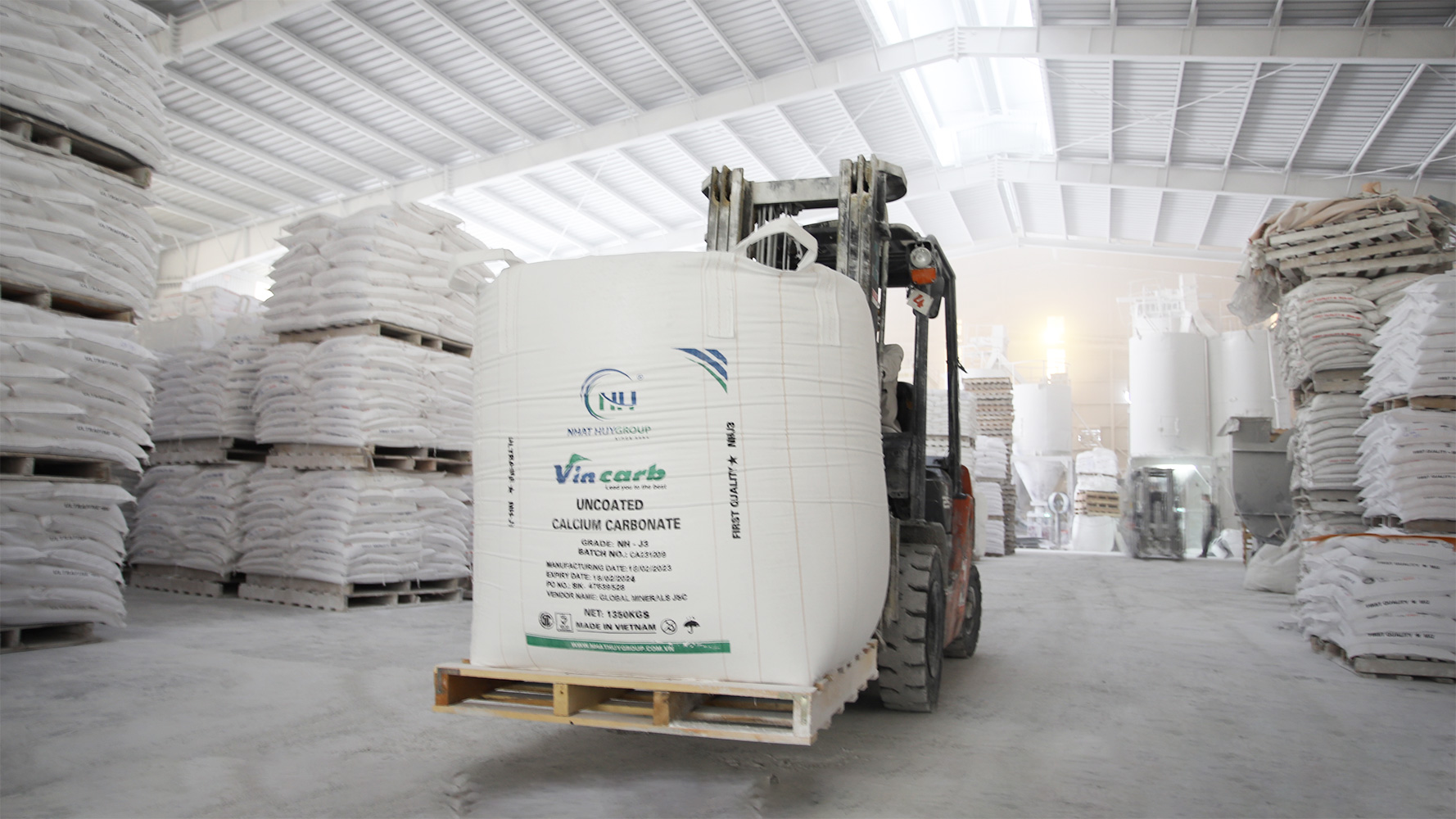
SIMULTANEOUSLY PRODUCE BOTH CALCIUM CARBONATE AND FILLER MASTERBATCH
Thanks to the advantage of the calcium carbonate powder factory, we commit to providing customers with the most competitive prices and the highest quality products. Suppose you are looking for a manufacturer or long-term distributor of filler particles to save costs, such as manufacturing woven bags, non-woven fabrics, extrusion, coating, blown film, injection molding, and blow molding. In that case, Megaplast is the destination you’re last.
READ MORE
ABOUT MEGAPLAST
Megaplast is a filler masterbatch factory that belongs to Nhat Huy Group – Vietnamese leading manufacturer and exporter of various products. Founded more than a decade ago, we have the authority of exploiting the ample High-calcium Limestone Resources of Vietnam with over hundreds years old.
READ MOREFILLER MASTERBATCH
Internationally recognized organizations
Questions?
We’ll help you find a solution.
Cost – saving solution
Currently, we own two modern factories, including Mega Plast factory and Huu Nghi plastic compound factory. Along with that, thanks to the advantage of our own Calcium Carbonate Powder factories, we provide the most competitive price and the highest quality Filler Masterbatch as a cost-effective function in your producing process.












